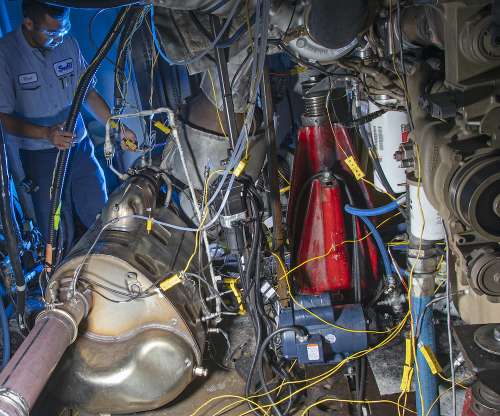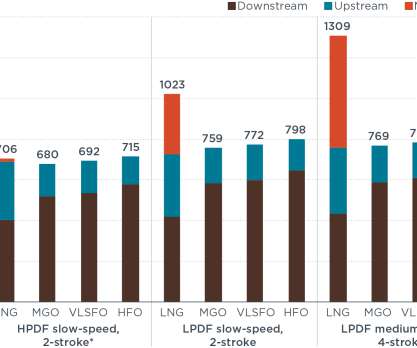Researchers show mechanism by which diesel exhaust particles trigger respiratory “flare-ups”
Green Car Congress
MAY 23, 2017
Researchers at Imperial College London, working with colleagues from King’s College London and University of British Columbia, have demonstrated a mechanism by which diesel exhaust particles directly affect the lungs to initiate symptoms such as a tightening of the airways and cough. Robinson, Mark A. Birrell, John J. Adcock, Michael A.





































Let's personalize your content